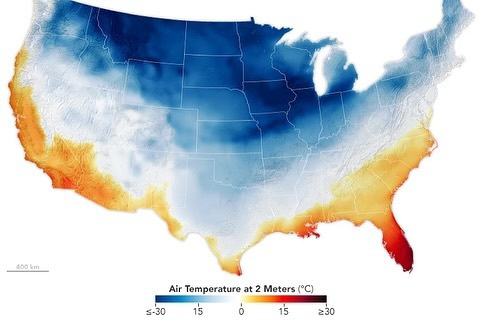Changes in the Atlantic Meridional Overturning Circulation (AMOC) and its transport of heat can affect climate and weather patterns, regional sea levels, and ecosystems

Changes in the Atlantic Meridional Overturning Circulation (AMOC) and its transport of heat can affect climate and weather patterns, regional sea levels, and ecosystems! A new study led by Ivenis Pita, a @miamirosenstiel PhD student working at #AOML/ @cimas_rosenstiel, is the first to estimate the AMOC and heat transport at 22.5°S in the South Atlantic. This study presents a new mapping method based on sustained ocean observations: a high-density expendable bathythermograph (XBT) transect to resolve the strong currents in the western boundary; low density Argo profiling floats across the basin; and satellite sea level data to determine the mapping parameters and errors associated with these estimates. This observing system was named AXMOC (for Argo-XBT-MOC). To learn more, click the link in bio! Photo 1 📸: In situ measurements used in the study. The locations of the Argo and XBT profiles are represented by blue and red dots, respectively. The reference transect at 22....

